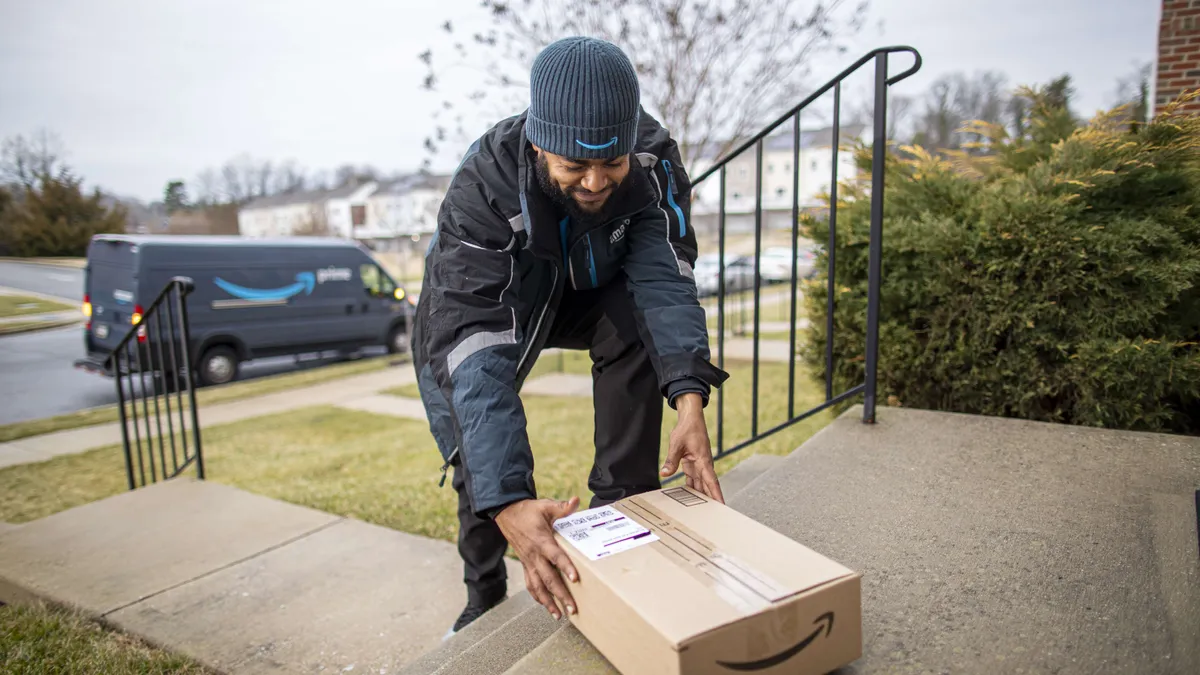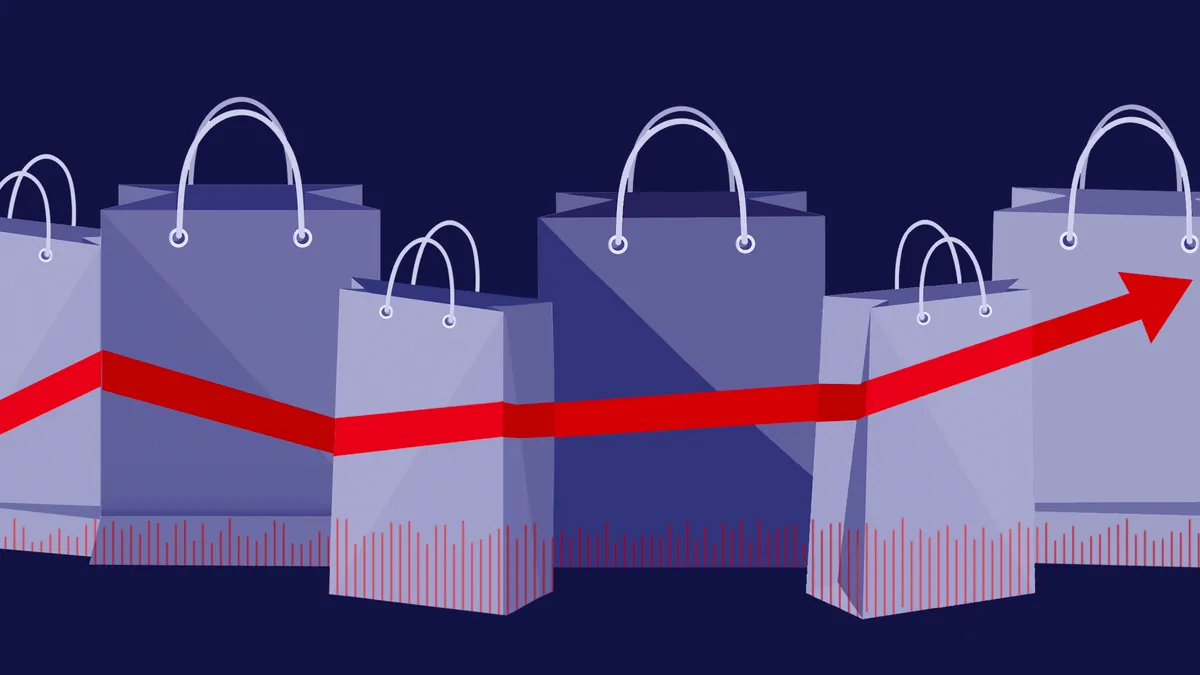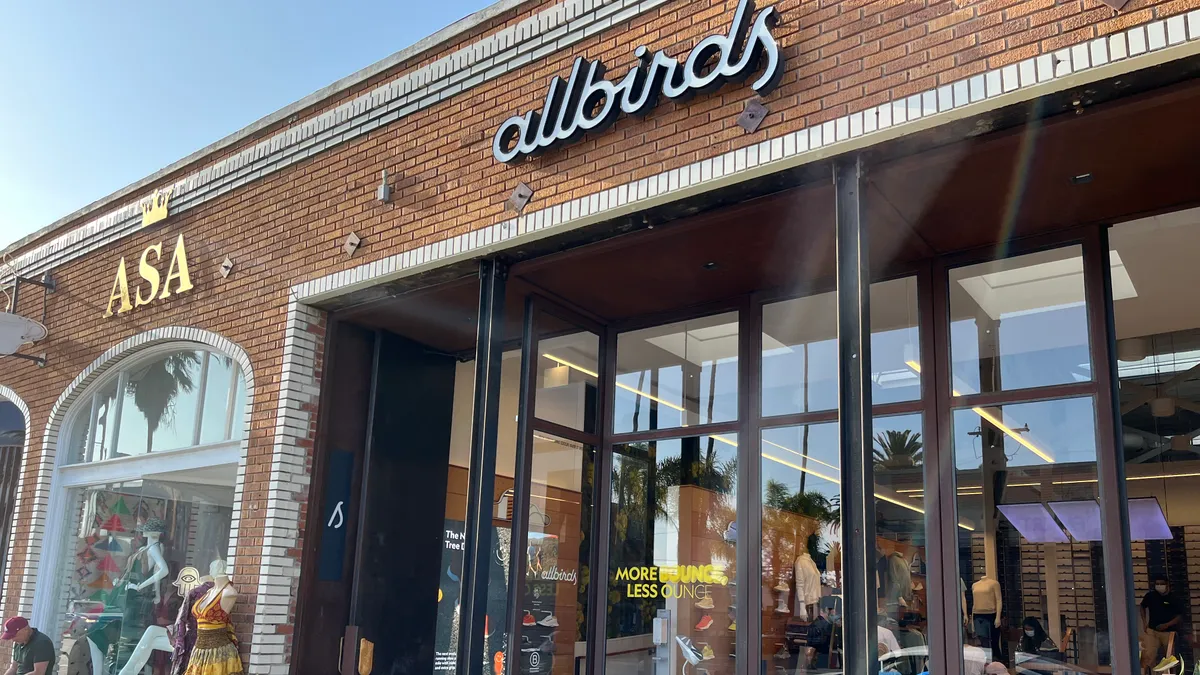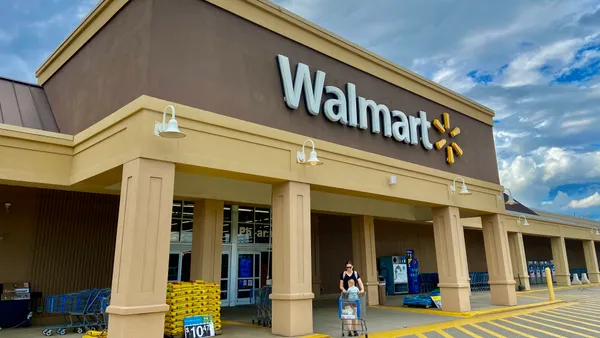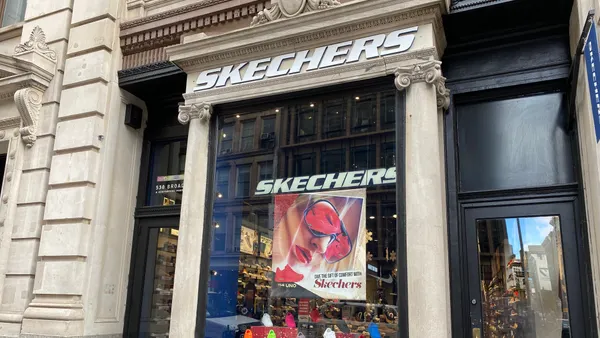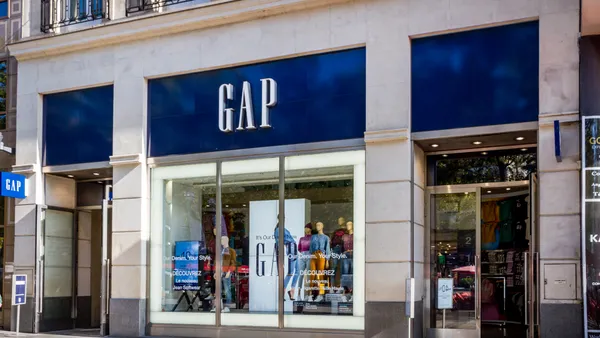Dive Brief:
- Amazon is ending its Try Before You Buy service this month after a nearly eight-year run.
- An Amazon spokesperson confirmed to Retail Dive that the company is phasing out Try Before You Buy on Jan. 31. The spokesperson said the move is in response to increasing customer use of AI-powered features like virtual try-on and personalized size recommendations that help customers get the right fit.
- Amazon’s Prime Try Before You Buy service gave members a seven-day, hands-on trial for select men’s, women’s, kids’ and baby clothes, shoes and accessories.
Dive Insight:
Amazon is ending its Stitch Fix-like service at the end of this month, as AI features catch on among shoppers.
Amazon began offering Try Before You Buy as a beta program under the name Amazon Prime Wardrobe in 2017. It debuted with 1 million items across name brands like Levi’s and Adidas. Amazon expanded the service’s availability to more Prime customers less than a year later.
The move came as Stitch Fix was rising in popularity, Retail Dive reported at the time. But Stitch Fix’s performance has lagged in recent years. Net revenue fell 16% to $1.3 billion for the fiscal year ended Aug. 3. The company is pursuing a turnaround strategy that’s centered on revamping the client experience and it expects to return to growth by the end of fiscal year 2026, CEO Matt Baer said. Other box services, like Trunk Club, have shut down entirely.
Since Amazon launched the program, surveys and data indicate returns have become more of a financial and logistics pain point for retailers. Meanwhile, Amazon and other retailers are introducing and expanding the availability of AI-powered shopping apps.
“Try Before You Buy worked well in the days when Amazon was trying to build its customer base in apparel. However, the program adds operational complexity, and it almost encourages consumers to make returns,” Neil Saunders, managing director at GlobalData Retail, told Retail Dive in an email. “Now Amazon is a more significant player in apparel with much higher volumes, it likely wants to simplify and streamline things.”
The National Retail Federation and reverse logistics company Happy Returns forecast that shoppers would return $890 billion of merchandise in 2024, a December report found. That figure represents nearly 17% of retailers’ annual sales.



